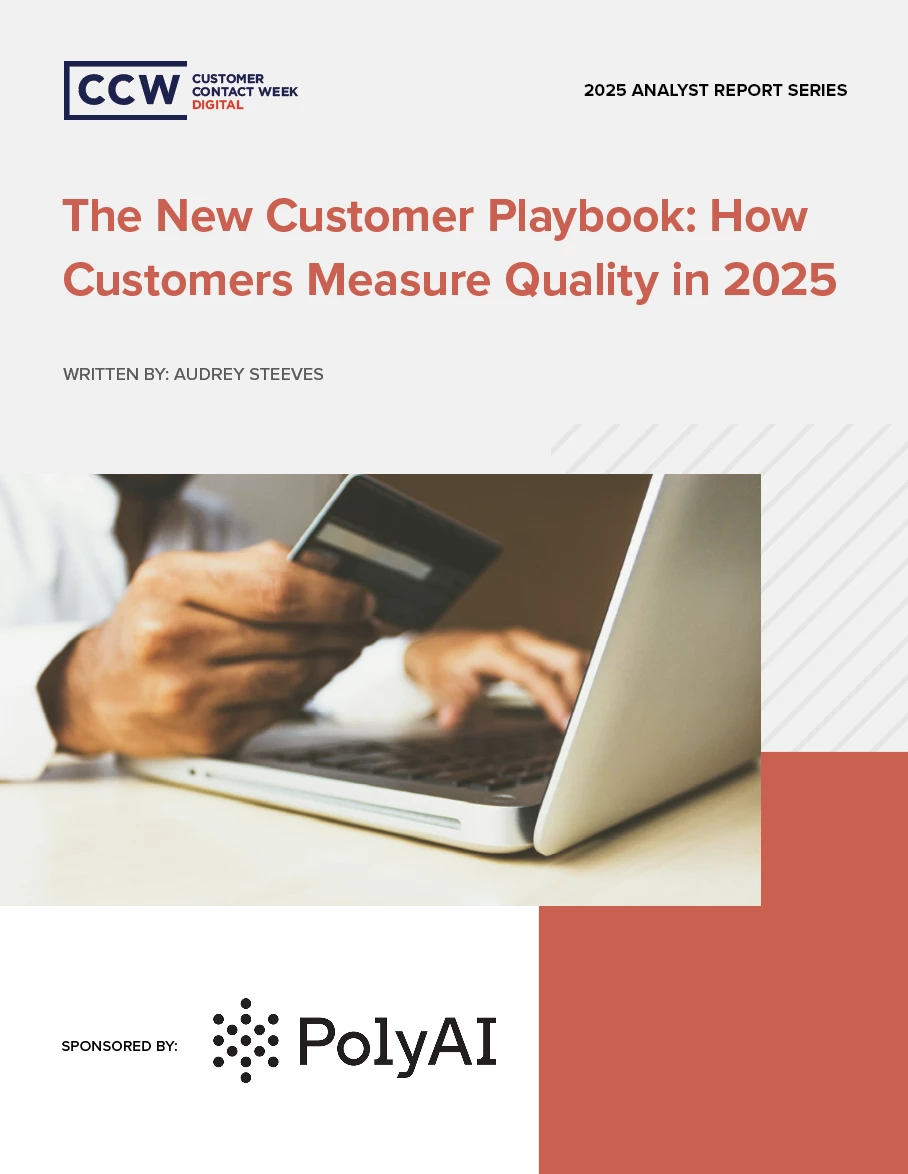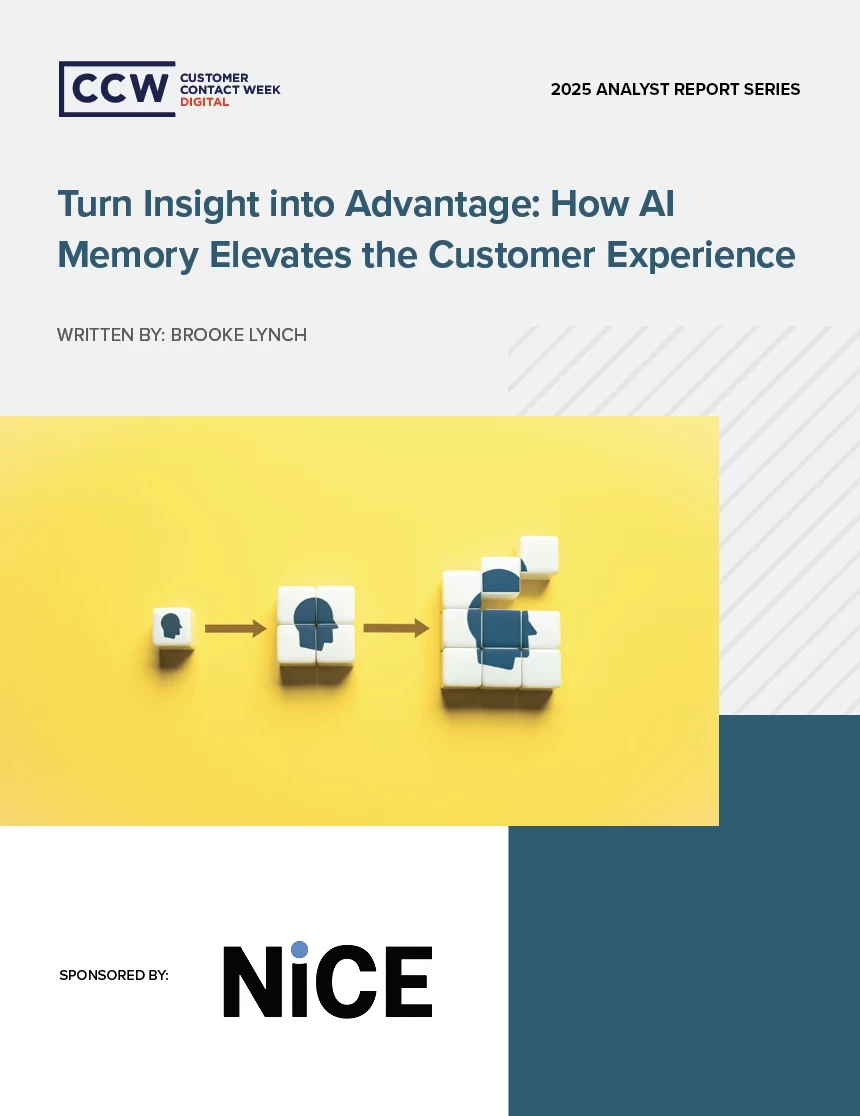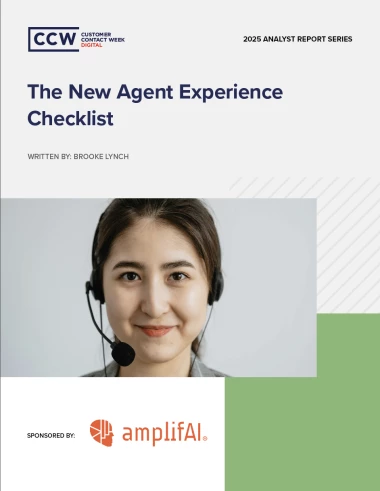7 Customer Service Lessons From My New York City Apartment Search
New York real estate entities provide a masterclass in how not to treat your customers.
Add bookmark
Proving that you can indeed go home again, I recently decided to return to New York City after spending three years in Tampa. Knowing it meant I would get to see my longtime friends more frequently and reconnect with the New York cultural scene I had always cherished, the choice filled me with excitement.
There was, however, one source of dread: the prospect of searching for an apartment in the city. Beyond the high cost of each unit, the New York apartment scene is infamously challenging to navigate.
My search lived up to that negative hype. While touring apartments, I encountered numerous “hack” real estate agents, misleading advertisements, burdensome application processes, and frustrating sales pressure. In general, these New York real estate entities provided a masterclass in how not to treat your customers.
Fortunately, I did end up finding an amazing apartment. I also have seven valuable lessons to share with the customer service community.
Lesson #1 - Be Honest About What You’re Selling to Customers
Early in my search, I witnessed just how shady the New York rental market could be. A broker alerted me to a 1 bedroom apartment that was at the top of my budget. But when I did some digging, I found out that the apartment was actually a studio with a windowless home office that cost $300 more than expected (actually more like $700 more, since the price was a “net rate” after a concession promotion).
Rather than showing full remorse over the situation, the agent attempted to gaslight me, noting that I was being unrealistic to expect a 1 bedroom in the advertised price range. That those expectations were set by his own words meant nothing.
I nonetheless did end up touring the apartment out of curiosity, and I was quite honestly blown away by the quality of the building and unit. Had he approached the situation more transparently, urging me to consider breaking from my “1 bedroom or bust” stance for the right unit, I would have entered with an open mind and possibly chosen the apartment.
Unfortunately, my skepticism was just too much to overcome. And the fact that he denied knowing about an air conditioner issue that was mentioned multiple times in Google Reviews made it abundantly clear that he was looking to make a sale rather than earn a sale.
In today’s world, customers have an endless supply of ways to do research on potential purchases. And so rather than trying to mislead with the hope that you’ll find the one customer who is not Internet savvy, acknowledge that they likely know the truth – and use your sales conversations to demonstrate respect and empathy. From there, you’ll build trust.
Lesson #2 - Anticipate Customer Needs and Concerns
Thanks to their experience showing the same types of apartments every day, not to mention their direct conversations with hundreds if not thousands of prospective renters, leasing agents and building managers should have a firm grasp on the types of questions that will arise. They should be in position to anticipate and proactively address most concerns.
Unfortunately, many failed to take advantage of this opportunity. They seemed thoroughly unprepared for what I felt were pretty obvious questions, squandering the chance to quell my fears – and win my trust.
One common example concerned living room setups. During my search, I toured numerous apartments in which the living room consisted almost entirely of floor-to-ceiling windows. Though luxurious for a get-together, the design seemed thoroughly impractical for a home: without sufficient wall space, where would one place their couch and TV?
One would think leasing agents would be prepared for this question, offering renters examples of how such a living room could be staged. Instead, they seemed bewildered, hoping that someone would be so enamored with the natural light that they would not think about practicality.
Knowing so many people are hybrid workers in 2025, one would also have expected leasing agents to share how others are setting up their work-from-home desks. During my search, not one agent even touched on that issue.
In other cases, I encountered bedrooms that seemed too small to even fit a mattress, let alone the night stands and dressers one would expect in an adult apartment. The agents would verbally assure me a reasonable bedroom setup would fit, but insofar as few actually showed me a model of how tenants are defying the laws of physics and doing so, it was hard to take them seriously.
Whether by virtue of verbatim interactions with customers, survey results, support interactions, and analytics reports, you will know the typical questions and concerns prospective customers will have. If you’re a customer-centric brand, you will anticipate these inquiries and proactively provide answers and assurances.
Lesson #3 - Be Transparent About The Customer Journey
In one sense, the NY apartment industry is extremely effective at briefing prospective renters on their journey. Most leasing agents can easily explain the application steps, and the well-known 40x rule (your annual gross income must be 40x the monthly rent to qualify) helps immensely with the sourcing process.
However, too much of the process remains murky. No leasing agent, for example, would be transparent about how their building actually evaluated prospective renters. Would making exactly 40.1x the rent and having decent credit guarantee an approval? Or, would they reject a “borderline” single applicant in the hopes of finding a couple that collectively made far more than the minimum?
Many buildings also required bank statements – in some cases, months of statements – but never clarified whether there was a required asset minimum in the same way there was a required salary. They also never explained why investment accounts generally would not count as assets, especially now that stocks are as functionally liquid as cash in a savings account
At other times, it was highly unclear what the leasing agents were even attempting to “qualify.” In one situation, I secured a third-party rent guarantor to back my lease application – as I saw value in the opportunity to pay a reduced security deposit and avoid the hassle of collecting all kinds of documents. In approving my request, the guarantor offered binding confirmation that A) I did not present excessive risk and B) it would cover any missed rent payments. Despite that confirmation, the building still not only required me to supply all documents but actively scrutinized every single one (and even tried to disagree with the income projected by its own rent scoring tool). If the building did not plan to trust the guarantor, why did it claim to accept it?
In the era of the frictionless experience, customers expect everything to move seamlessly – and “just work.” If your processes deviate from that standard and require customers to exert additional effort, ensure you are clear on why that effort is necessary – and how their time will result in a superior experience.
Lesson #4 - Remember That You’re Selling More Than Just a Physical Product
The demand for New York apartments is famously intense. If a reasonably clean, reasonably priced apartment emerges in a reasonably safe area, it will attract ample interest from potential renters.
Luxury features like smart appliances, floor-to-ceiling windows, skyline views, granite countertops, and on-premises spas, moreover, present self-evident value. They do not require a “sales pitch” to resonate.
Savvy leasing agents, however, recognize that their job is not really to sell apartments. It is to sell the community. Their job is to demonstrate the building’s commitment to listening to its tenants and providing them with a welcoming, ever-improving home.
Based on my experience, few leasing agents are actually meeting this standard. When showing me apartments, the typical leasing agent “went through the motions,” depicting little desire to chat about my ideal living situation or answer questions about the community. Many would be slow to respond to email questions, with some outright ignoring them – only to send generic “sales pitch” emails to me days or weeks later.
During my prior stint in New York, my landlord took months to respond to a leak in my living room ceiling – and years to properly fix it. Not wanting to go through that again, the building staff’s responsiveness was a major factor in my search. It, frankly, mattered more than having a slightly better view or a slightly nicer refrigerator. So by “assuming the sale” and acting indifferent to my needs, these agents actively lost my business.
In today’s global, digitally driven world, customers have no shortage of options for finding a great, fairly priced product. Knowing this, it is crucial to differentiate based on caliber of service, commitment to connection, and investment in the overarching experience. Do not simply showcase what you are selling, demonstrate why the customer should specifically buy from you.
Lesson #5 - Value Relationships Over Deals
No one bats a thousand in real estate – or any sales realm, for that matter. Some buildings will not work for a given renter in a given situation.
But while the interaction may not end in a deal, it can still be a positive for the building a leasing agent is representing. If the agent makes a favorable impression on the renter, the renter may consider that building – or recommend it to friends – when their situation evolves. And at the very least, the agent will gain an understanding of why the particular apartment did not work out and use that feedback to either improve their own sales tactics or make recommendations to building management.
Unfortunately, some leasing agents chose not to “end with dignity.” If I did not jump at the chance to rent one of their apartments, I was of no value to them.
In one particular case, I ended up withdrawing an application after realizing that the bedroom was far too small for my needs (I had not previously seen the actual unit, and the floorplan illustration was misleading). Rather than accept that stance, the leasing agent seemingly tried to flip the script and imply my real hesitation might have been monetary.
While I understand that “he could not afford the apartment” may sound better to his boss than “he felt misled by the size of the bedroom,” it was thoroughly untrue (I ended up selecting a more expensive apartment, after all). And so by ignoring my real concern, the agent not only communicated a level of disrespect (thus eliminating any future interest I might have had in the building) but missed out on actionable feedback.
That my gracious “part ways” email went without even a generic, courtesy response further proved that the agent had no interest in preserving a long-term relationship. He had a “sell now or bust” mindset.
Anyone can smile upon closing a deal. The best salespeople – and best brands – also know the importance of smiling when a deal does not go through. They see the long-term potential in every interaction, recognizing even the sternest “no” as a chance to learn valuable feedback while ending on good terms.
Lesson #6 - Be Omnichannel When Engaging With Today’s Customers
Over the course of my search, I often ran into discrepancies between what was being advertised on third-party websites, what was listed on the building’s own website, and what was actually available in person. Frustrating for any prospective renter, this disconnect was particularly problematic in my situation as a non-local. Flying in to view specific apartments, only to find out they’re not actually available, is not a remotely productive use of my time.
In a particularly frustrating situation, one major property management company told me that it only updates its website on Friday afternoons. Given how famously fast the New York apartment market moves, this all but guaranteed most (if not all) of the units would be gone if you toured any time other than early Friday evening.
And though the occasional disconnect on an external portal is understandable, I at times actually found the third-party sites to be more accurate and useful. Listings on StreetEasy would often do a better job of breaking out the “gross vs. net effective rent,” while also having more accurate photos of the various units.
Today’s customers are omnichannel, and it is your responsibility to be the same. You have an imperative to ensure product listings and support experiences are fully unified across all channels; if not, you are effectively guaranteeing an unsuccessful experience.
Lesson #7 - Be Careful When Using AI and Virtual Assistants
This was not my first time searching for an apartment in a major city. It was, however, one of the first times I encountered the use of "virtual leasing agents."
Though they might have technically been built on an artificial intelligence platform, there was nothing intelligent about these bots. Like clockwork, they would send the same generic messages at the same time every day, offering nothing in the way of personalized, relevant communication. In one case, I had to stop using a particular apartment website since it kept signing me up for these annoying bot announcements.
In a more cartoonish case, one building's virtual leasing agent kept steadily reaching out to me months after I signed my lease with that very building!
Were the messages of the "welcome home" variety? Did they provide helpful tips for making the most of my time in the community? Did they even just offer a generic thank-you for signing?
No. Instead, they were generic sales messages, asking me if I was still interested in touring the apartment building. You know, the one from which I had already decided to rent! Though not enough to prompt me to cancel my lease (I love the building!), it was an utterly preposterous display.
The writing has long been on the wall: AI is going to be a meaningful part of the customer journey moving forward. And so there is nothing wrong with using chatbots and virtual assistants to engage with customers. But if you make these technologies the frontline face of your business, you need to ensure they live up to that responsibility. You need to hold them to the same standard as a human agent who is handling frontline communication. This means it is imperative to train and program your AI to deliver contextually relevant, personalized, and accurate communication. It is equally imperative to test your AI deployments to not only ensure they are living up to that standard but communicating in a logical manner.





























